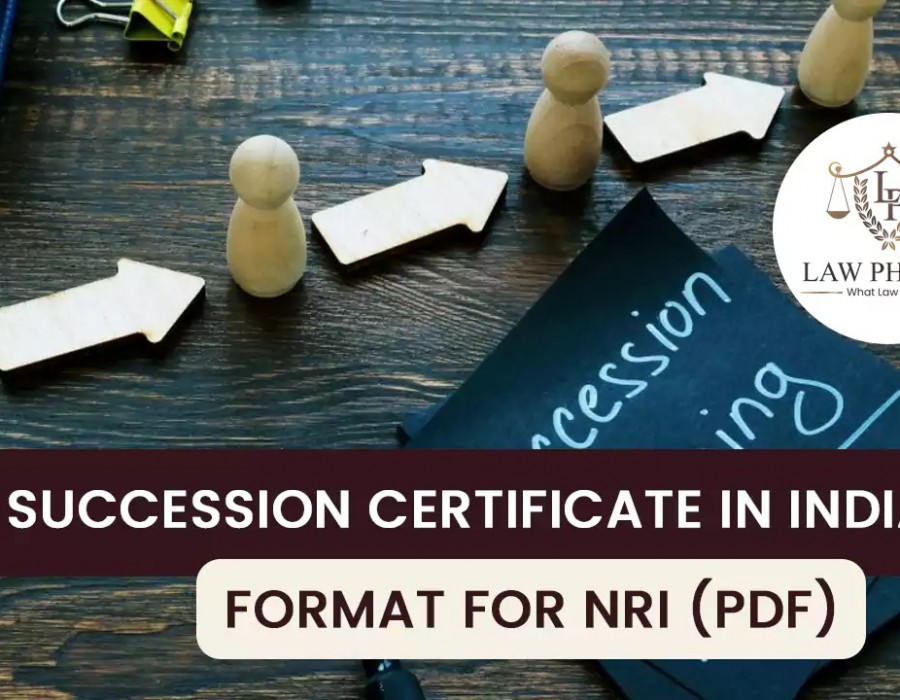A succession certificate is a legal document that authorizes the legal heir(s) of a deceased person to inherit and distribute their property and assets. In India, the process of obtaining a succession certificate can be complex, especially for Non-Resident Indians (NRIs). In this blog, we will discuss the process of obtaining a succession certificate in India for NRIs.
What is a Succession Certificate?
A succession certificate is a legal document that establishes the legal heir(s) of a deceased person. The certificate is granted by a competent court, usually a District Court, to the rightful heirs of the deceased. The certificate enables the heirs to collect debts, securities, and other assets of the deceased. The certificate also acts as a proof of title and protects the heirs from potential litigation.
Why is a Succession Certificate Required?
A succession certificate is required in situations where a person dies without leaving a will, or where the will is not legally valid. The certificate is necessary for the heirs to claim the property and assets of the deceased person. Without a succession certificate, the heirs will not be able to access bank accounts, stocks, mutual funds, and other financial assets of the deceased.
Process of Obtaining a Succession Certificate for NRIs in India
The process of obtaining a succession certificate for NRIs in India is similar to that for residents of India. However, NRIs may face additional challenges due to their physical absence from India. Here is a step-by-step guide to obtaining a succession certificate in India for NRI:
Step 1: File a Petition in the District Court
The first step is to file a petition in the District Court where the deceased person resided. The petition should include the following details:
- The name and date of death of the deceased person
- The names and addresses of the legal heirs
- The relationship between the legal heirs and the deceased person
- A list of assets and liabilities of the deceased person
- A statement that the deceased person did not leave a will, or that the will is not legally valid
- Any other relevant information
Step 2: Submit Supporting Documents
The next step is to submit supporting documents along with the petition. These documents include:
- Death certificate of the deceased person
- Identity proof of the legal heirs
- Relationship proof of the legal heirs and the deceased person, such as birth certificates or marriage certificates
- Asset and liability documents of the deceased person, such as bank statements, property documents, and tax returns
Step 3: Attend Court Hearings
After filing the petition and submitting the supporting documents, the court will schedule a hearing. The legal heirs or their representatives must attend the hearing. The court may ask for additional information or documents if required.
Step 4: Obtain the Succession Certificate
If the court is satisfied with the petition and supporting documents, it will grant the succession certificate to the legal heirs. The certificate will include the names and shares of the legal heirs. The legal heirs can use the certificate to claim the assets and liabilities of the deceased person.
Conclusion
Obtaining a succession certificate in India for NRIs can be a daunting task due to the additional challenges faced by them. However, it is important for NRIs to obtain the certificate to protect their rights as legal heirs. NRIs can seek the help of a lawyer or a legal consultant in India to navigate the process of obtaining a succession certificate. With the right guidance and documentation, NRIs can obtain the certificate and claim the property and assets of their deceased loved ones.





Comments